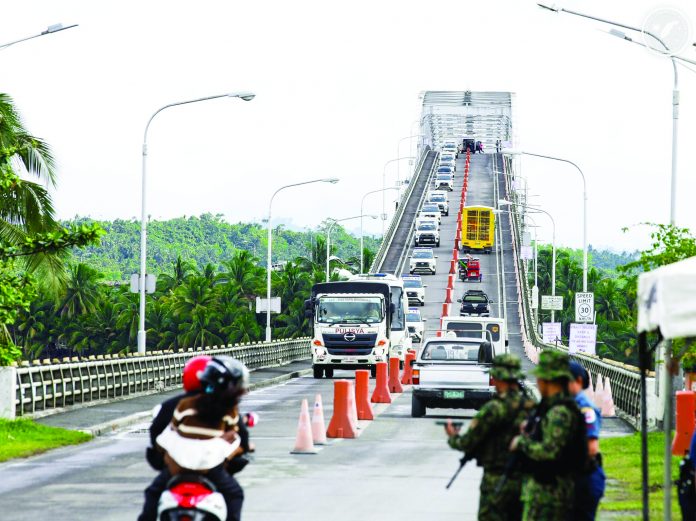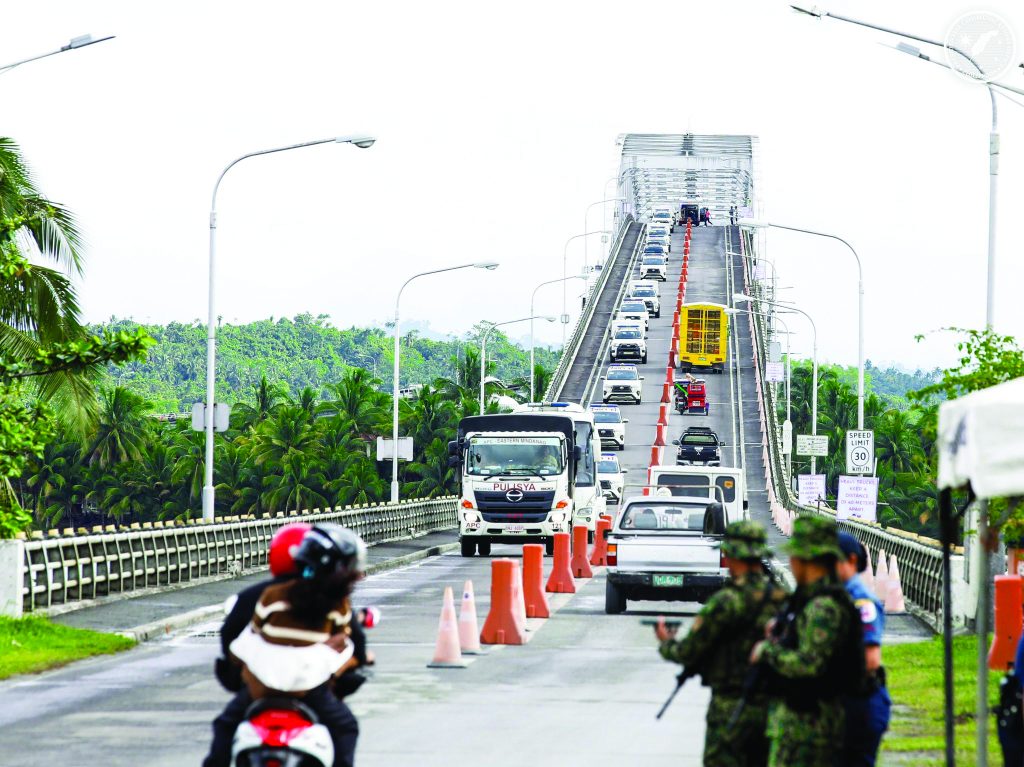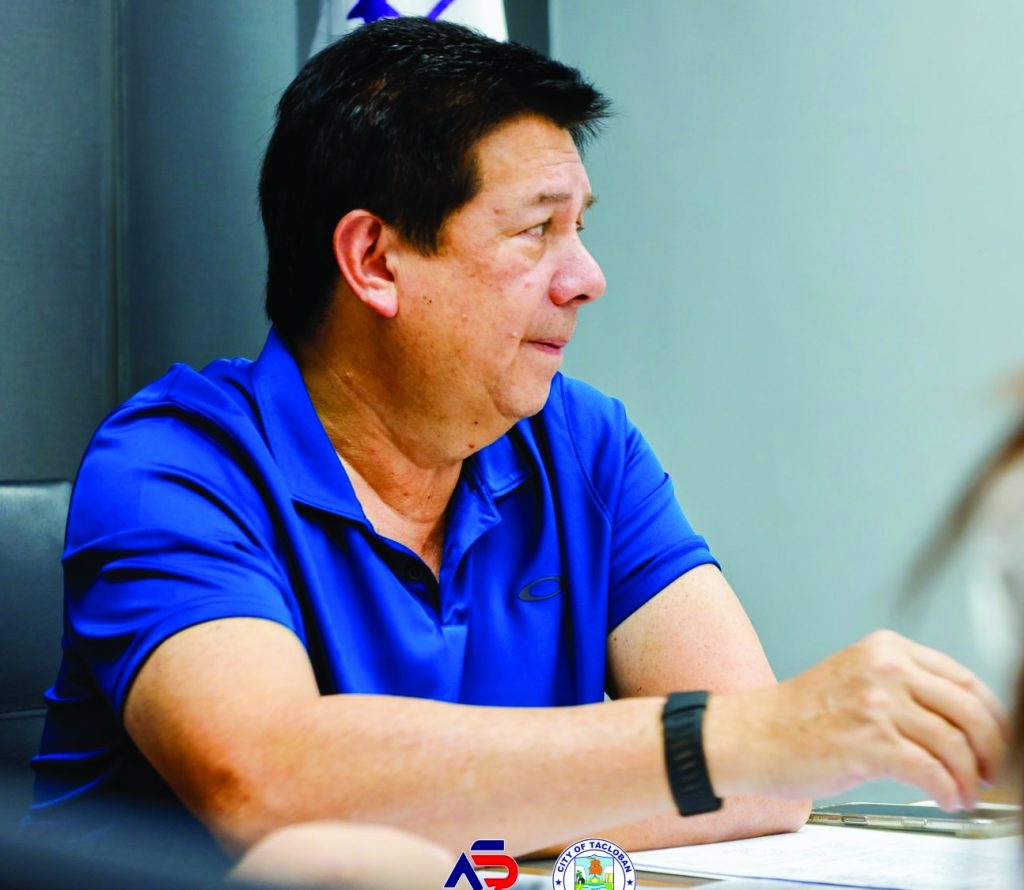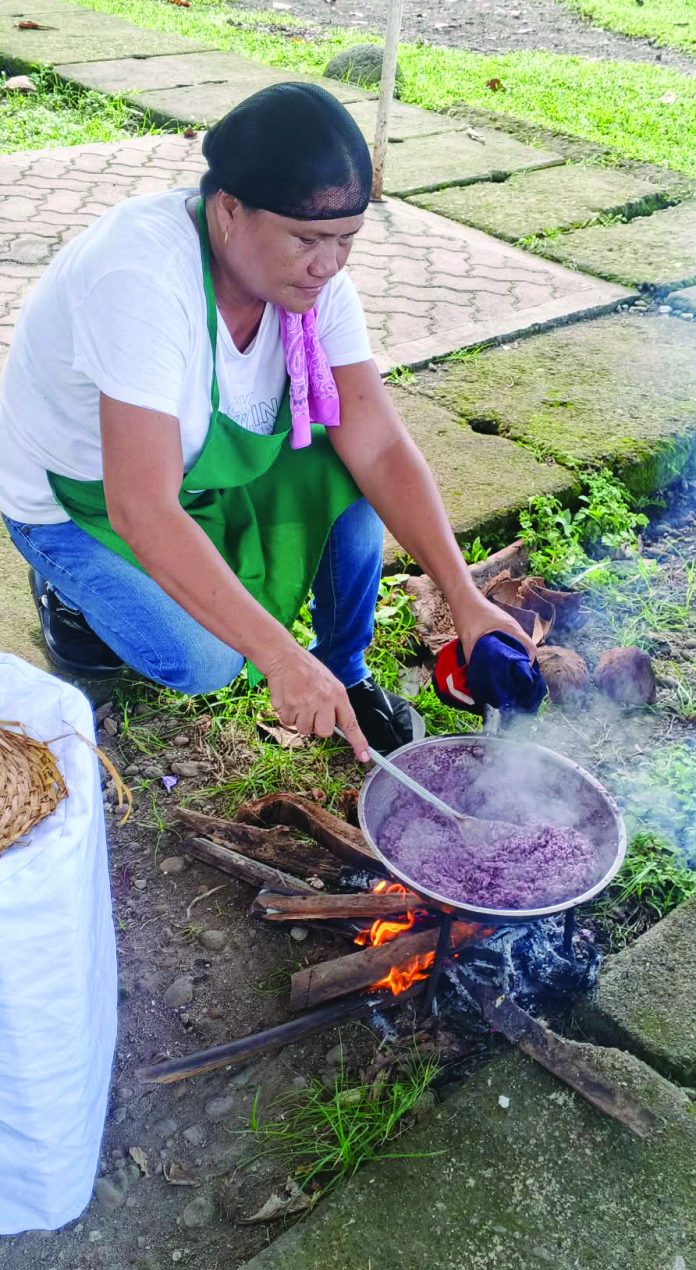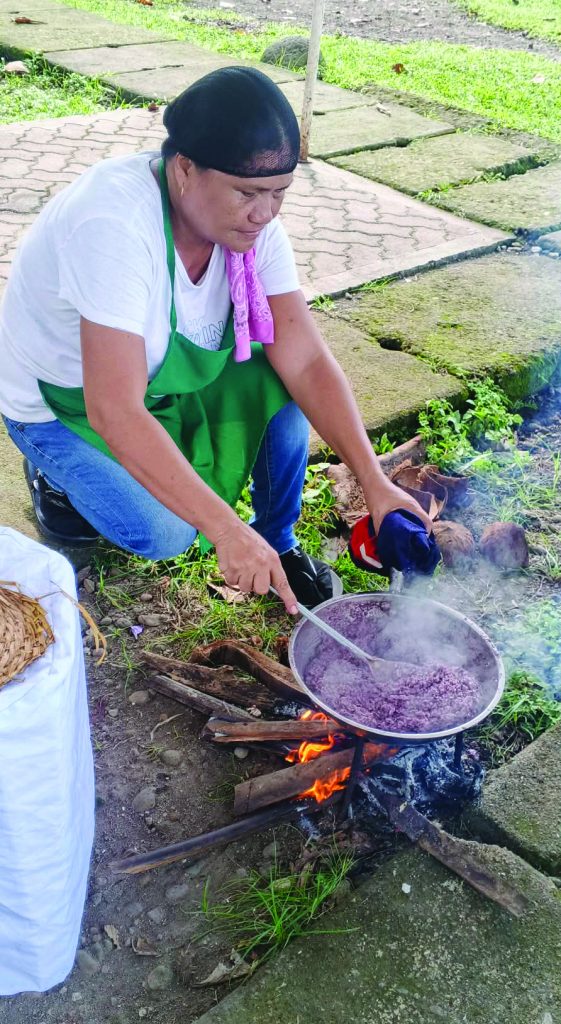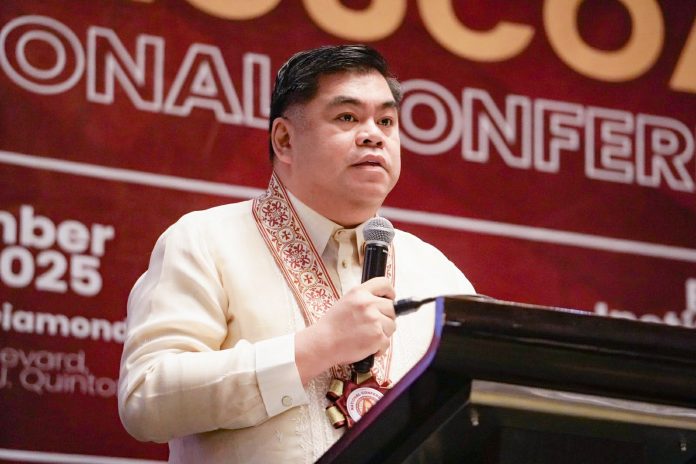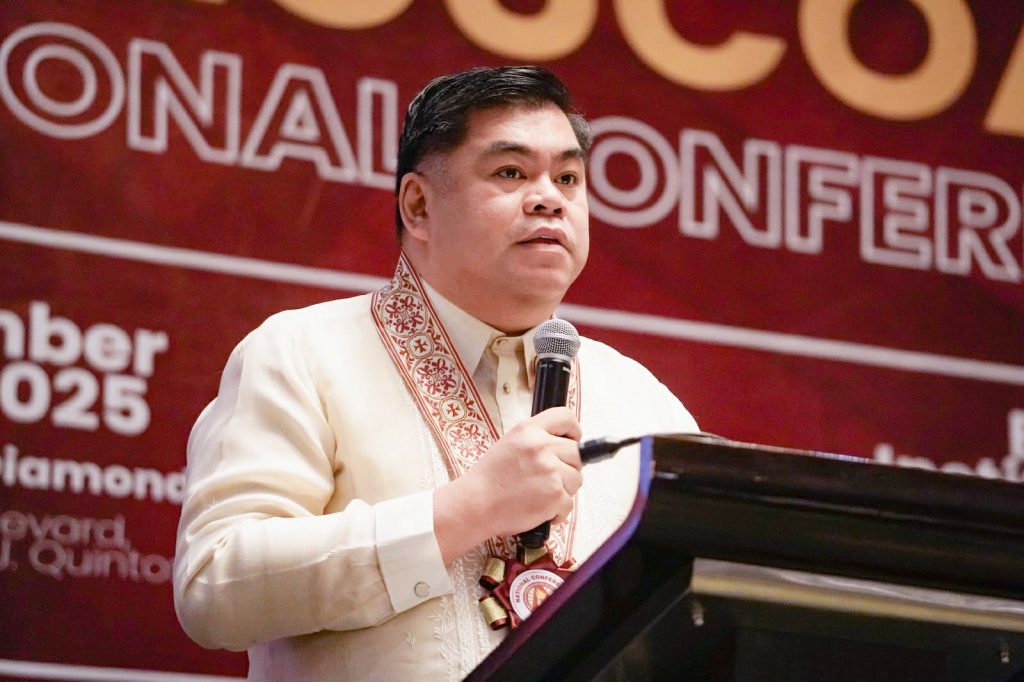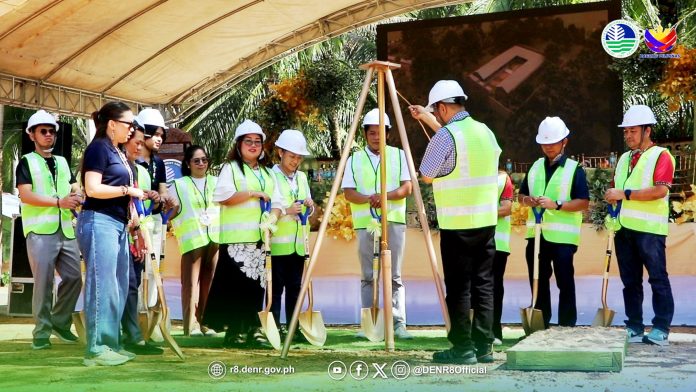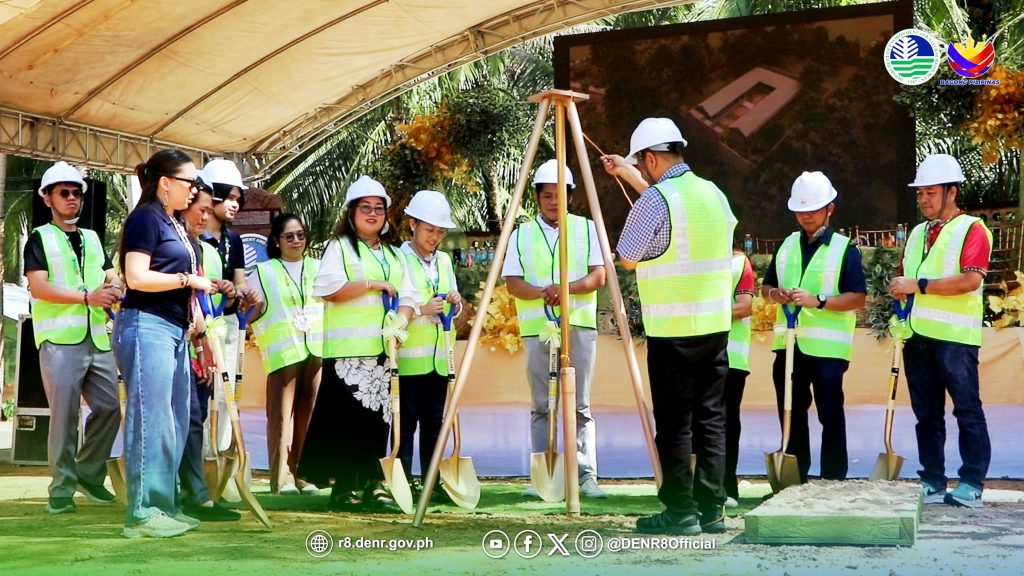
PALO, Leyte — When the holidays roll in, Palo knows exactly how to welcome them—with a towering Christmas tree made of bamboo and a whole lot of community spirit.
The town once again lit up its giant bamboo Christmas tree at the municipal plaza, marking the start of “Pasko ha Palo,” the final leg of the municipality’s 4Ps tourism program.
The festive switch-on, held on Wednesday(Dec.17)night, was led by the Palo municipal government under Mayor Remedios ‘Matin’ Petilla, alongside the lighting of Christmas decorations in various public spaces around town.
Locally crafted and proudly homegrown, the bamboo tree has become Palo’s signature holiday attraction. More than just a Christmas centerpiece, it stands as a reminder of the town’s creativity, resilience, and commitment to sustainability.
“We hope that every light on our giant bamboo Christmas tree will touch our lives, minds, and hearts, and guide us in our daily lives,” Mayor Petilla said in her message.
The choice of bamboo is no accident. Beyond its festive charm, the material symbolizes strength and flexibility—qualities Paloños know well.
The local government has long promoted bamboo planting and utilization, weaving environmental awareness and livelihood opportunities into its holiday celebrations.
The holiday cheer extends well beyond the plaza. Christmas lights and décor now brighten the municipal building, the Purisima and Bernard Reed bridges, the public market, and Barangay Luntad, turning the town into a cozy Christmas stop for residents and visitors alike.
Palo’s giant bamboo Christmas tree first caught nationwide attention in 2024, when photos of the unconventional yet eye-catching structure went viral online.
The municipality, however, has been crafting its bamboo Christmas tree tradition since 2014, long before it became an internet favorite.
“Pasko ha Palo” completes the town’s 4Ps tourism branding, a year-round series of cultural and historical highlights. The other pillars include “Pamalandong ha Palo,” a Holy Week reflection; “Patron ha Palo,” the town fiesta celebrated every August; and “Pagbalik ha Palo,” the commemoration of the Leyte Gulf Landings every October 20.
With twinkling bamboo lights and a whole town glowing in holiday cheer, Palo once again proves that Christmas magic doesn’t need plastic or steel—sometimes, all it takes is bamboo and bayanihan.
(ROEL T. AMAZONA)


